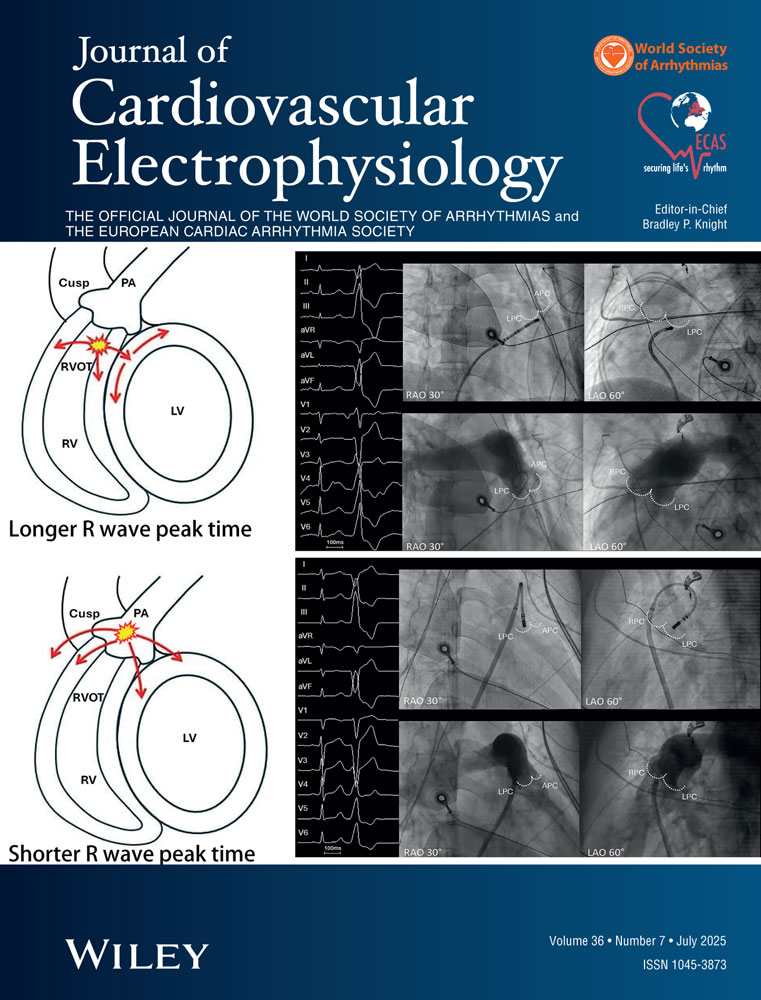Clinical Characteristics and Ablation Outcomes of Recurrent Atrial Tachyarrhythmia After Maze Operation—A Multicenter Study in Fukuoka
ABSTRACT
Backgrounds
Catheter ablation of recurrent atrial tachyarrhythmia after Maze operation is challenging due to complex arrhythmia circuits. The aim of this study was to clarify the characteristics and ablation outcomes of atrial tachyarrhythmias after Maze operation.
Methods and Results
Twenty-eight cases who underwent catheter ablation of post-Maze procedure atrial tachyarrhythmia (42 sessions; 1.5 per patient) in our five teaching affiliate hospitals were retrospectively analyzed. Cox-Ⅳ Maze procedure and left atrial Maze were performed in 19 cases and five cases, respectively. The mean interval between the surgery and index ablation was 62.4 months. In total, 46 atrial tachyarrhythmias were studied. Reentrant atrial tachycardia (AT) was the most common form (n = 36), whereas four atrial fibrillation (AF) and two focal AT were also observed. Identified tachyarrhythmia circuits were as follows; 16 peri-mitral, nine left atrial localized reentry (four septal, three posterior, one left atrial appendage, one anterior), six right atrial lateral incision-related, five cavo-tricuspid isthmus dependent, three roof dependent, two right atrial localized reentry (one coronary sinus, one cavo-tricuspid isthmus), one bi-atrial reentry, one pulmonary vein-left atrial reentrant tachycardia, two focal AT (one para-hisian, one coronary sinus), and one atrio-ventricular nodal reentry. Termination of targeted tachyarrhythmia was achieved in 34 sessions (81%). AT/AF recurrence free rate at 12, 24, 36 months of follow-up were 91.8%, 81.6%, and 65.3%, respectively. Seven cases underwent multiple sessions (two 2nd sessions, three 3rd sessions, and two 4th sessions). In these cases, de-novo atrial tachyarrhythmias were detected in the repeat procedures.
Conclusions
Most of the atrial tachyarrhythmias after Maze operation were incision/gap-related reentrant ATs, among which peri-mitral AT and LA localized reentry were the most prevalent. Although these challenging tachyarrhythmias can be treated with the contemporary mapping techniques, de-novo tachyarrhythmias can emerge in a remote period.
Conflicts of Interest
The authors declare no conflicts of interest.
Open Research
Data Availability Statement
Data sharing not applicable to this article as no datasets were generated or analysed during the current study.




